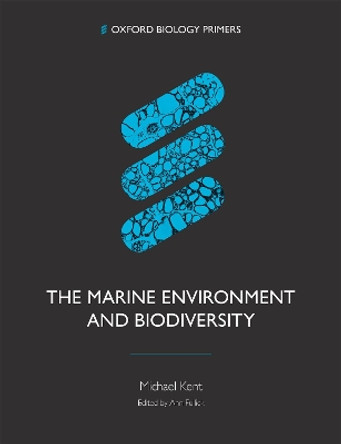Description
Effective marine biodiversity conservation is dependent upon a clear scientific rationale for practical interventions. This book is intended to provide knowledge and tools for marine conservation practitioners and to identify issues and mechanisms for upper-level undergraduate and Masters students. It also provides sound guidance for marine biology field course work and professionals.
The main focus is on benthic species living on or in the seabed and immediately above, rather than on commercial fisheries or highly mobile vertebrates. Such species, including algae and invertebrates, are fundamental to a stable and sustainable marine ecosystem. The book is a practical guide based on a clear exposition of the principles of marine ecology and species biology to demonstrate how marine conservation issues and mechanisms have been tackled worldwide and especially the criteria, structures and decision trees that practitioners and managers will find useful. Well illustrated with conceptual diagrams and flow charts, the book includes case study examples from both temperate and tropical marine environments.
About the Author
Keith Hiscock is an Associate Fellow and Senior Consultant in Biodiversity and Conservation Science at the Marine Biological Association, Plymouth, UK.
Reviews
"Hiscock's Marine Biodiversity Conservation is a valuable practical guide to the history, rationale, drivers, challenges and approaches to Marine Conservation. Well written and an easy read, it will be good for stimulating class discussions or recommending to aspiring marine conservation biologists." - Mark Bertness, Robert P. Brown Professor of Biology, Brown University, USA.
"This book fills a gap in the marine conservation literature by concisely covering the practical aspects of marine ecology and conservation science that practitioners need to know. It also covers, with good illustrations, the more theoretical and academic concepts that underpin this science, including ecosystem function, species traits, unpredictability of food web interactions, short and long term (decadal) changes in communities including climate change and oil spill effects." - Mark Costello, Associate Professor, University of Auckland, New Zealand.
"There has never been a time like the present to get practical on efforts to safeguard and restore the character and benefits of the ocean. Sitting neatly between conceptual textbooks and guides for implementing conservation measures, Marine Biodiversity Conservation should be essential reading for all those who care about our seas. Drawing on over four decades of experience, Keith Hiscock guides us to scientifically sound actions, helping us see in an increasingly compromised world with often incomplete knowledge of what should and can be done to better manage the ocean. It's the book I've wanted him to write for the last decade." - Dan Laffoley, Marine Vice Chair, World Commission on Protected Areas, IUCN, based in the UK.
"Hiscock's book is an indispensable practical Vade-mecum for marine conservationists. It summarizes a lifetime of study and knowledge: biologically thoughtful, ecologically analytical, it addresses in straightforward fashion the pressing issues of marine biodiversity conservation. Before returning to the ocean - read it and learn!" - John Roff, Professor and Canada Research Chair (ret), European Scholar Erasmus Mundus Program, Nova Scotia, Canada.
"Hiscock discusses the structure and logistics of conservation plans and describes decision trees conservation professionals will find useful. He includes numerous examples from temperate as well as some from tropical environments of spatiotemporal scales; community composition, structure, and function; species traits; ecological interactions; short- and long-term changes in assemblage structure; and many human-induced effects such as climate change and oil spills."-Jean Ricardo Simnoes Vitule, Conservation Biology
"In sum, Hiscock's book provides an authoritative scientific account of the importance of biodiversity for ecosystem structure, integrity, and function, which enables ecosystem services to be accrued by society. In translating key scientific concepts to respective conservation and management measures, the author provides a service, not only to graduate students and managers, but also to policy-makers at the international level, as we approach the UN Convention on Biological Diversity Strategic Biodiversity Plan and its Aichi Biodiversity Targets in 2020, as well as the 2030 Agenda for Sustainable Development." - Daniela Diz, University of Strathclyde, in Ocean Yearbook 31 (2017)
Book Information
ISBN 9780415723565
Author Keith Hiscock
Format Paperback
Page Count 318
Imprint Routledge
Publisher Taylor & Francis Ltd
Weight(grams) 635g






